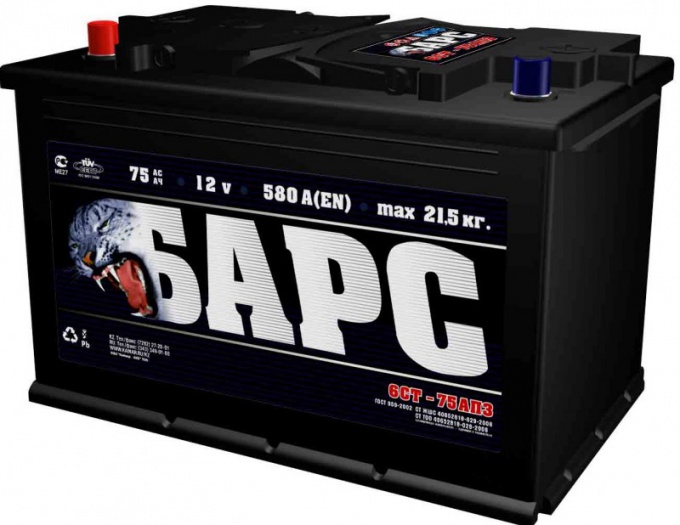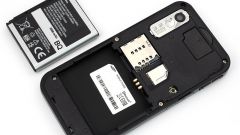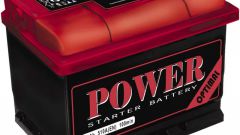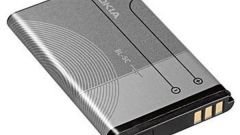You will need
- - the battery.
Instruction
1
Define the meaning of the inscriptions on the terminals of the Japanese batteries. According to Jis standard, they can be three types of terminals. T1 – type terminals with positive diameter – 14.7 mm, negative – 13mm, it has the shape of a truncated cone. This is the most usual option for our perception. T2 – terminals with diameters, respectively, to 19.5 and 17.9 millimeters. This marking battery means its high capacity. Terminals marked T3 special, they have flat pins with holes. Are mainly used in batteries of the type A19. T2 the most common in the Russian market, they are standard available on all types of both Russian and European batteries. T1 is a specific Japanese connection, common among cars with the right wheel.
2
Run transcript labeling batteries. The most detailed model is 55B24R. 55 indicates the battery health, its capacity. This option is more virtual. This characteristic is comparative, it depends on many factors, the Japanese 55 parameter corresponds to the 45th European. In this class of battery. This value specifies its width. A is a small battery installed on the motorcycle. The most common is In, means "Gasoline". Class D is installed on powerful cars, usually diesel. Other classes rarely fall to the CIS countries, often together with car lifts.
3
Determine the length of the battery based on the last digit in the marking, for example, in the case 55B24R is 24 centimeters. The Japanese claim that this value is approximate, the error may be about three millimeters. The last letter of the marking means battery right/left (R/L respectively).



